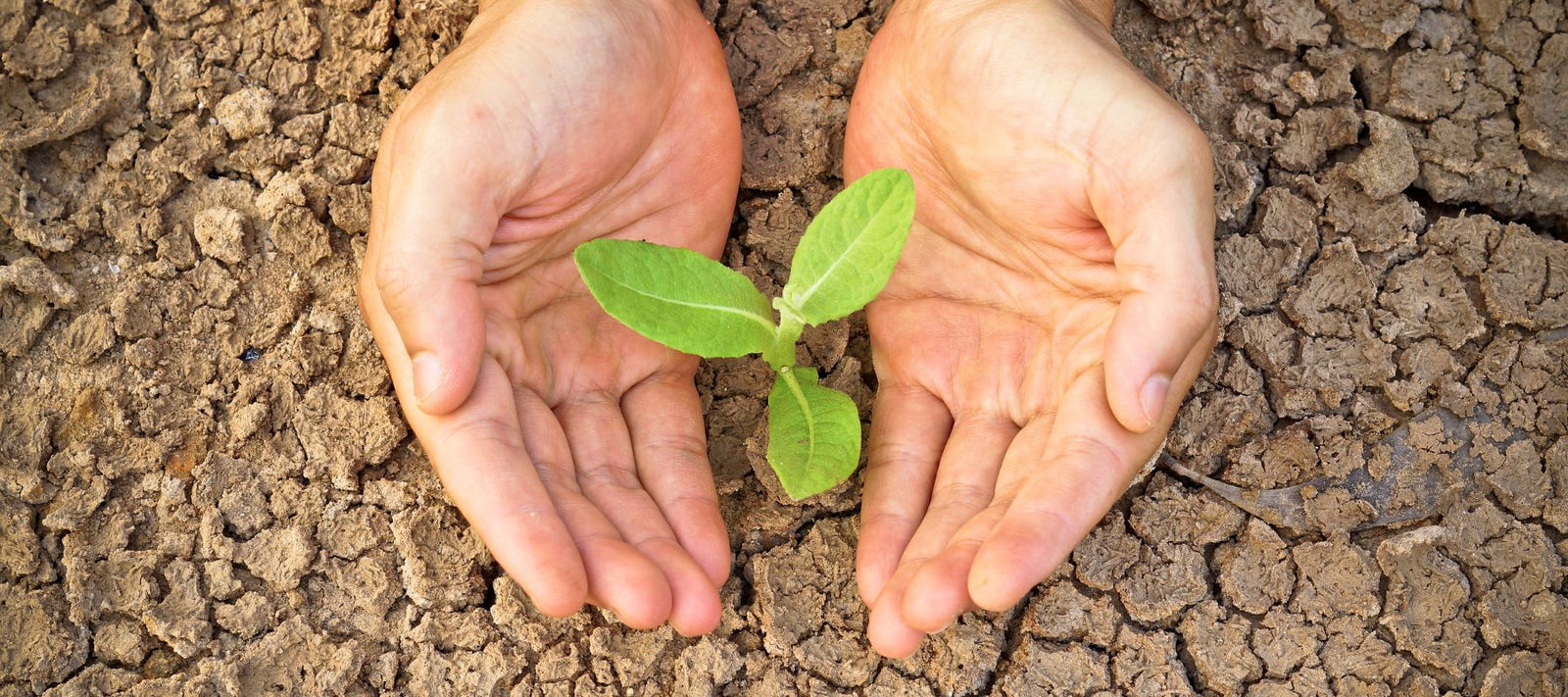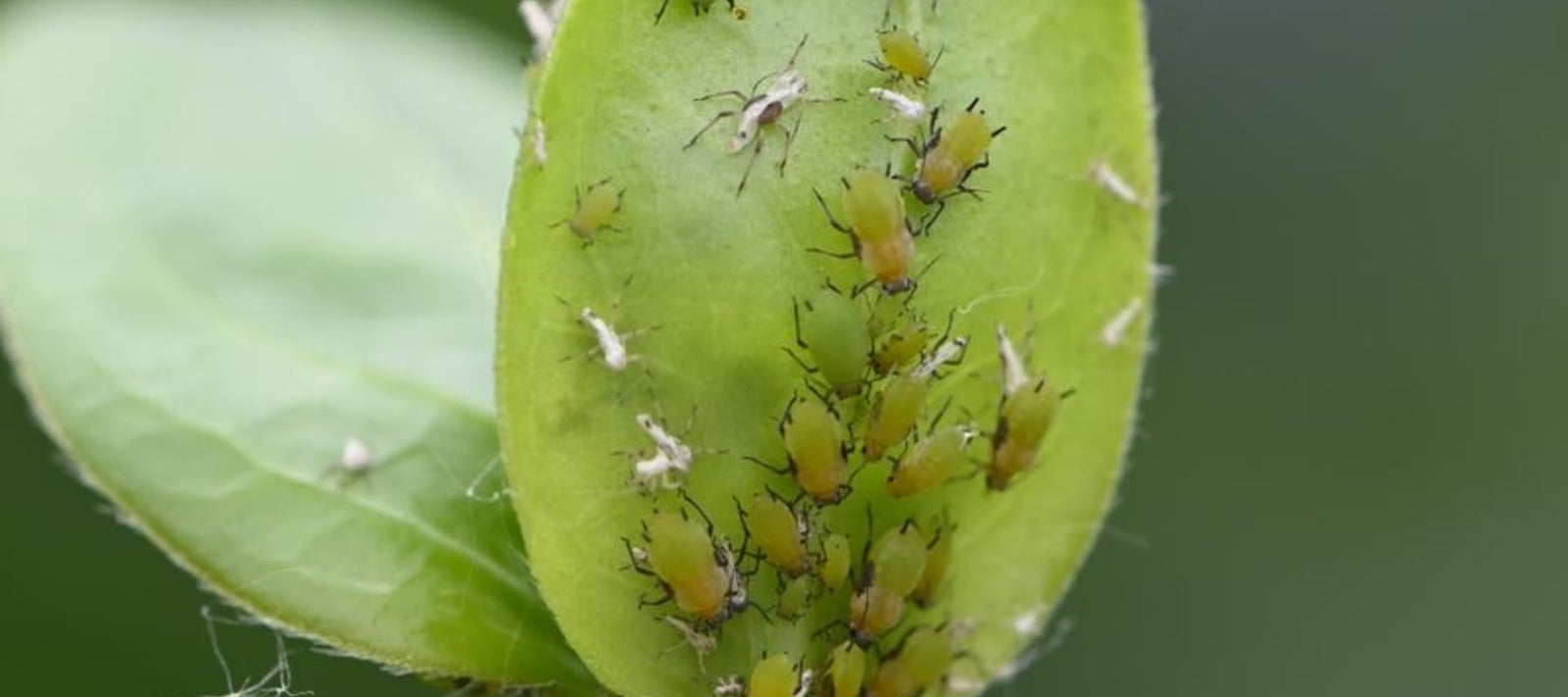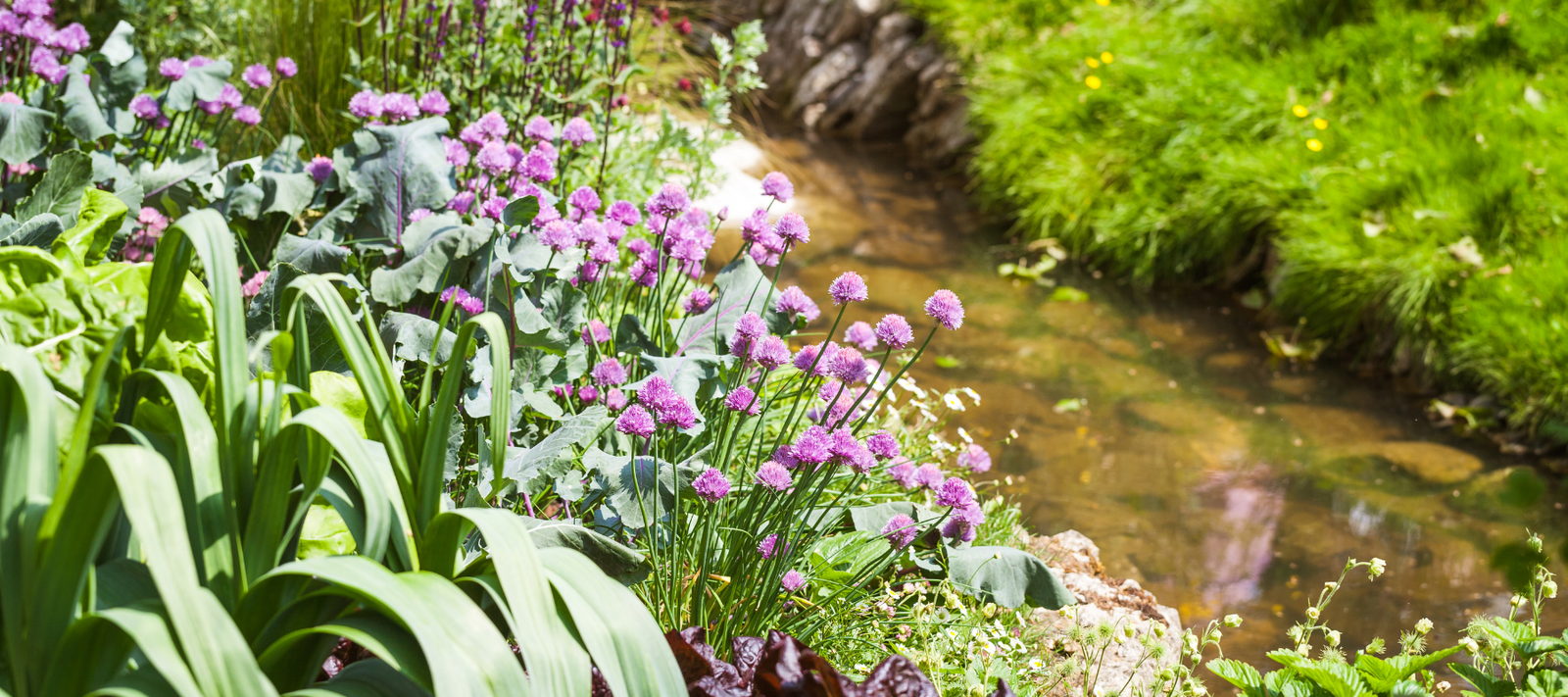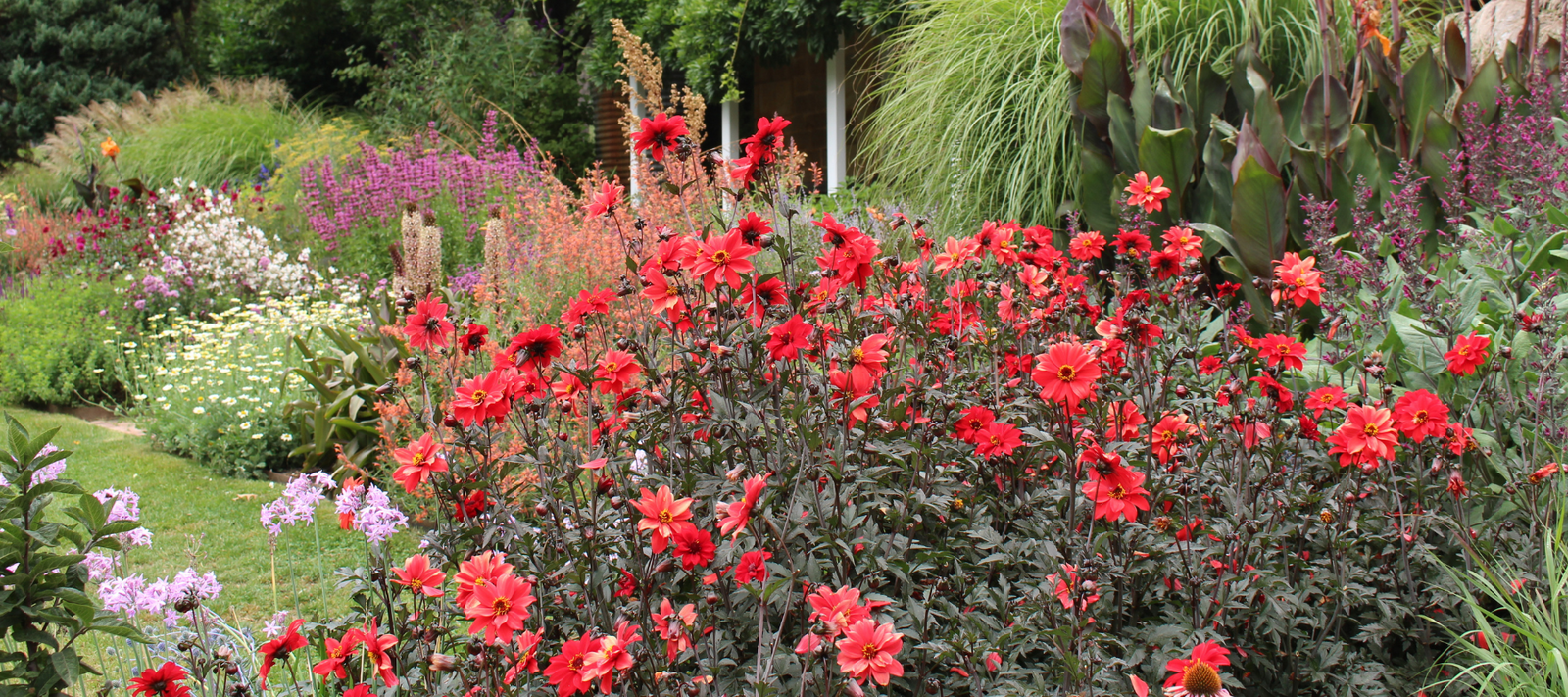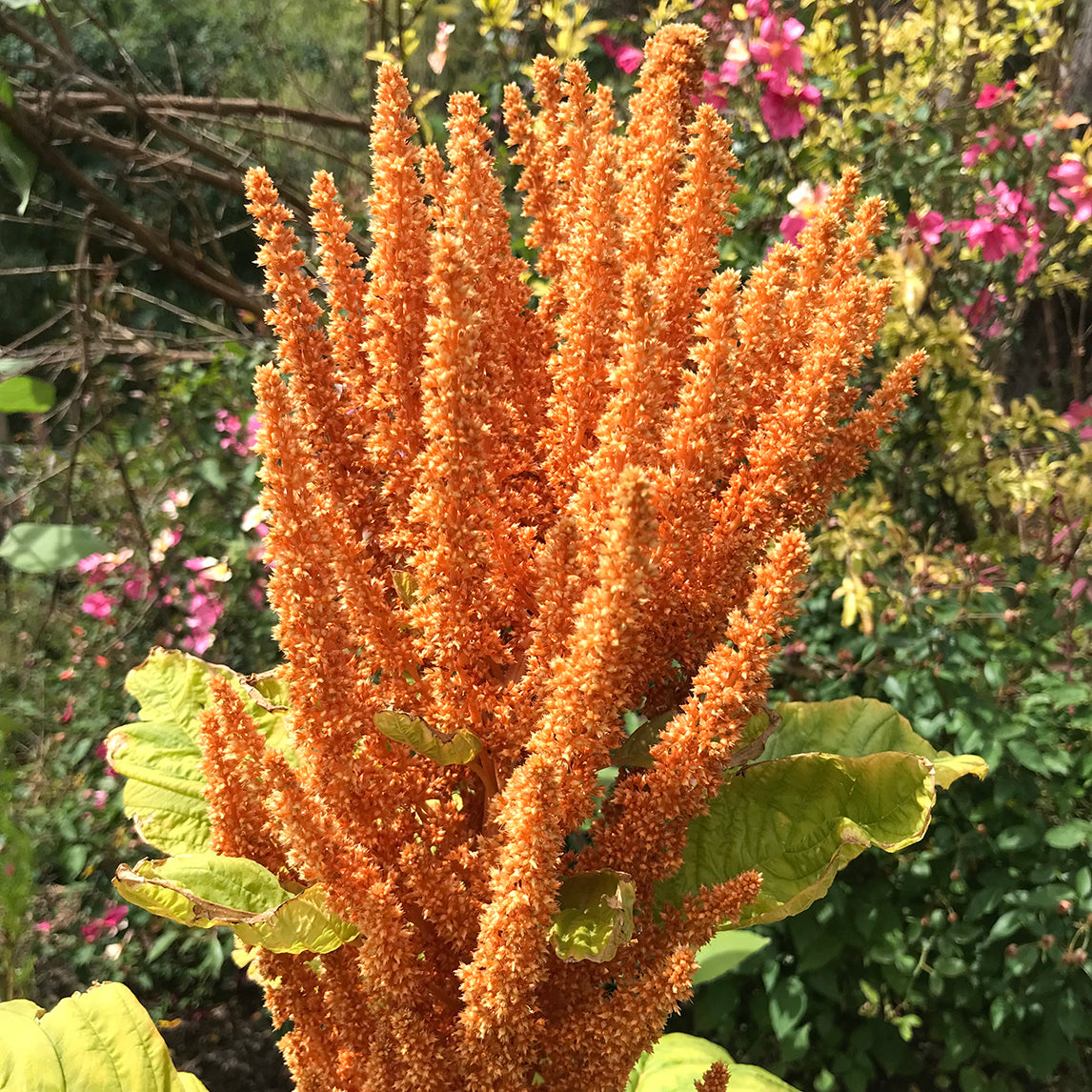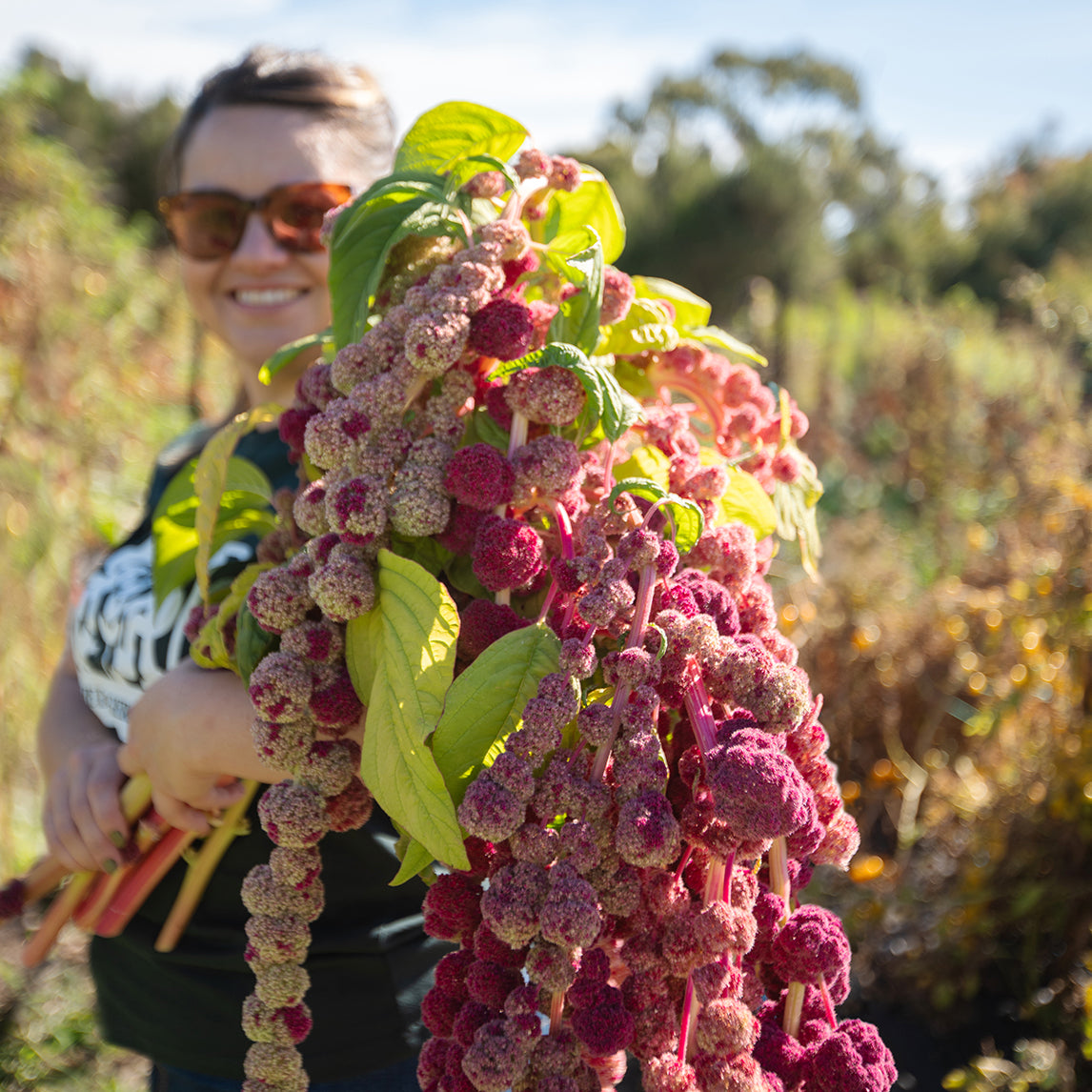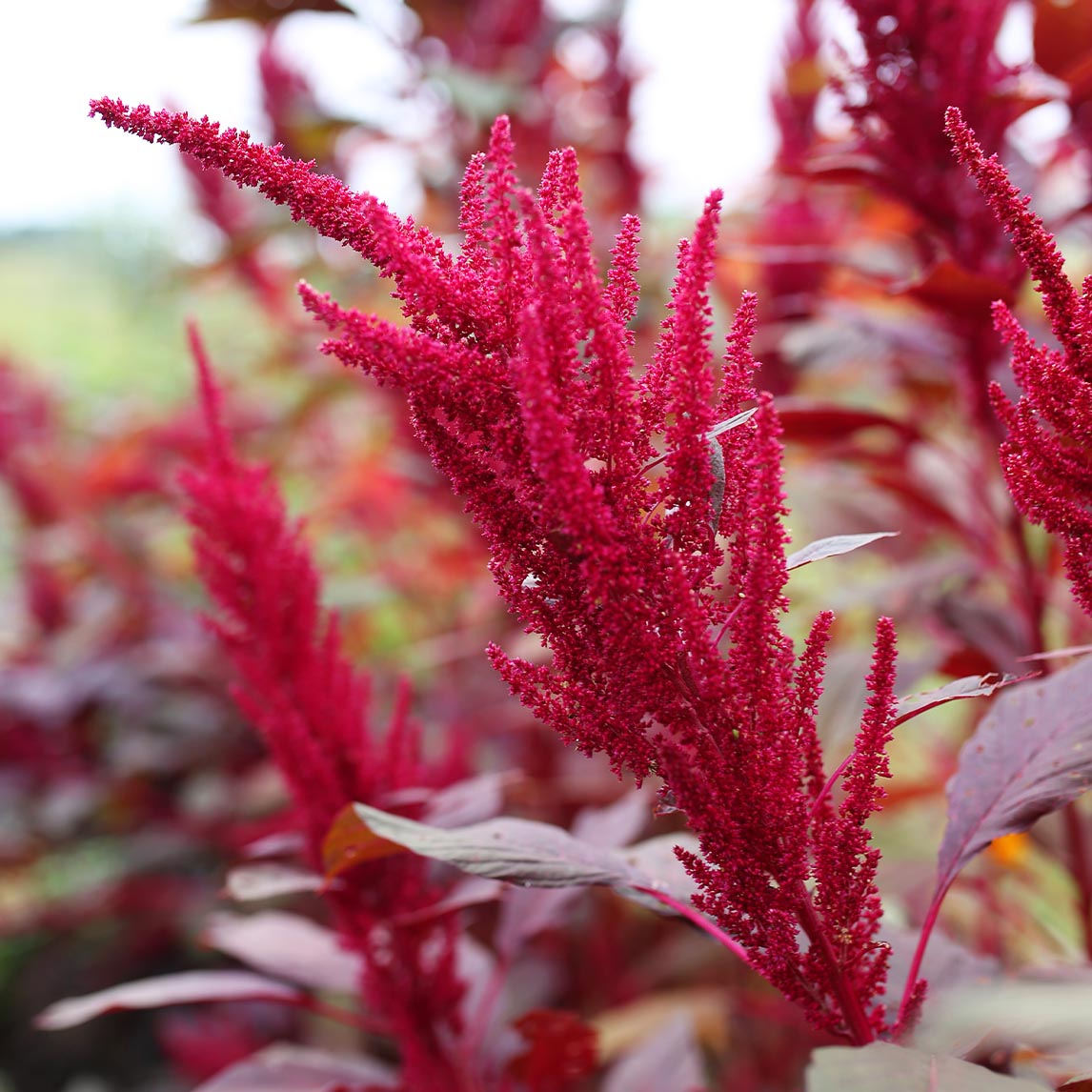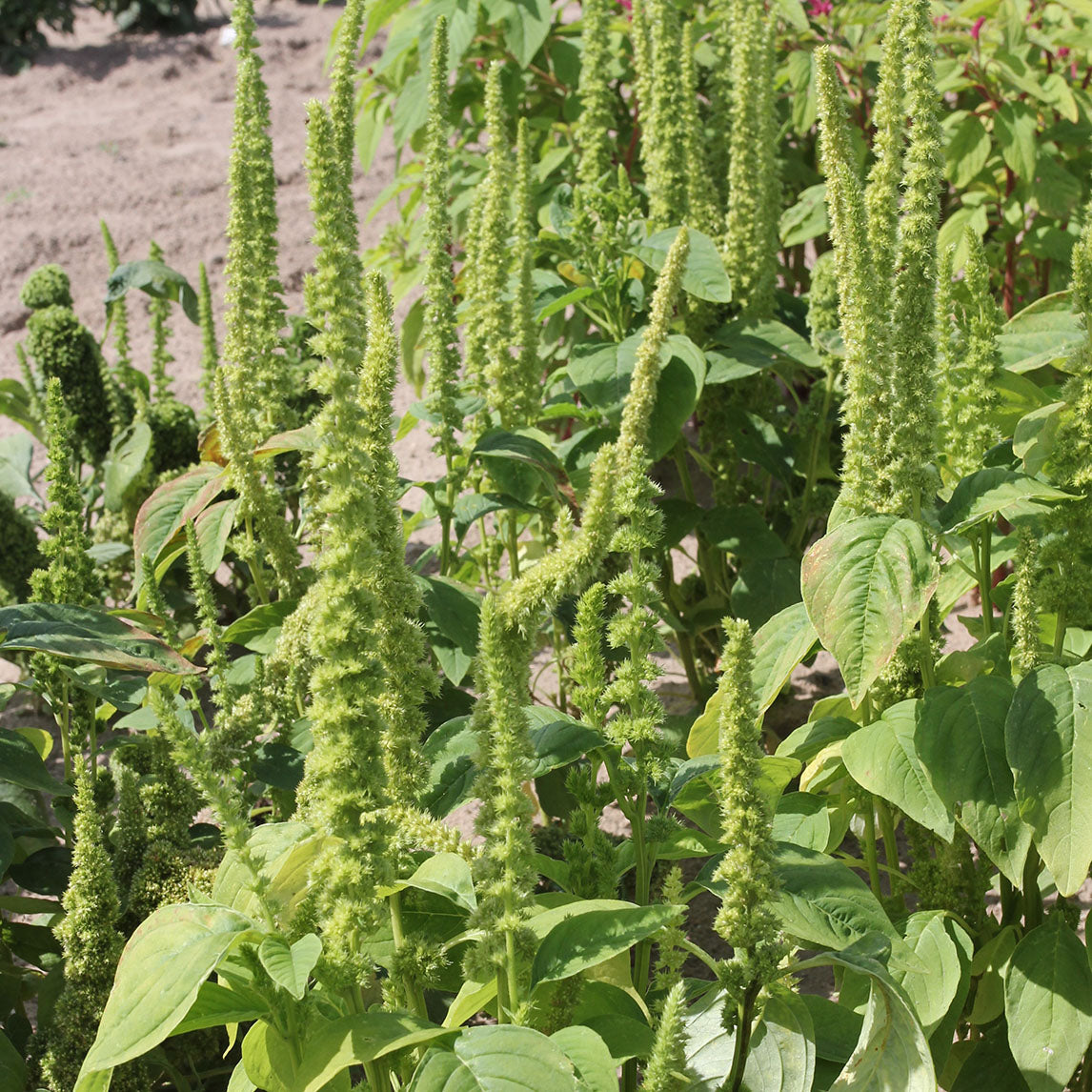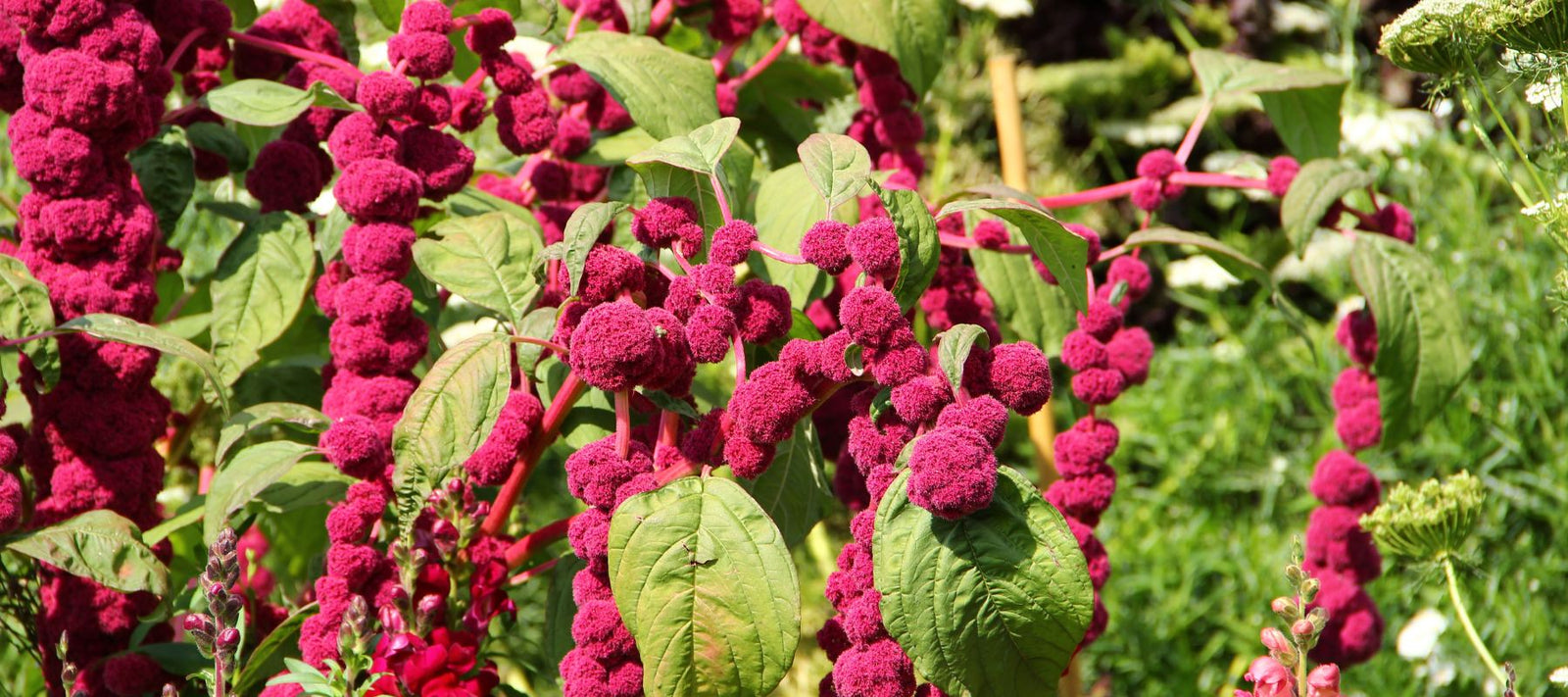
Amaranth Common Name: Love Lies Bleeding
Botanical Name: Amaranthus sp.
Amaranth makes a stunning addition to any garden, be it edible or ornamental. It is characterised by its large, broad leaves with prominent veining. From about mid-summer onward they produce stunning tassel flowers at the end of tall, reddish stems. There are many cultivars, ranging from pink to red and salmon to burgundy.
The Amaranthus genus is a large one, featuring at least 75 annual and short-lived perennial species that easily cross-breed and hybridize. This results in many varieties that vary in height and colour.
All parts of the plant are edible- the leaves, seeds, flowers and roots. Younger leaves are tender with a mild, spinach-like flavour that are perfect for salads and sauteing. The striking flowers form edible seeds that are often used as a pseudo-grain. Amaranths are so versatile in that you can harvest the greens throughout summer and still get grain at the end of the season.
Used as an ornamental, the foliage can be stunning. The leaf colour deepens as the days get warmer. The flowers are fabulous as a cut flower and the flowers can even be dried and used in dry arrangements.
History
The Amaranth dates back to the Aztec empire in central Mexico in the 15th and 16th centuries AD. It is a traditional food of Africa and the Americas. Amaranth was one of the three major crops collected along with maize and beans. It has been grown as a high-protein grain or a leafy vegetable for several thousand years.

How to Grow Amaranth from Seed
Amaranth is easy to grow from seed. They do not require any treatment (such as soaking or stratification) before sowing, they just need consistent moisture once sown for good germination.
Sow seed directly into beds after the last frost. Amaranth prefers full sun (at least 6 hours of sunlight) and a position that has been enriched with compost and is well-drained.
Cover lightly with soil or compost and water gently. Keep the soil consistently moist until germination. Amaranth plants grow best when they have good air circulation, so ensure that the bed is weeded well.
Seeds can be sown indoors to get a head start on planting. Sow individually into cell trays or small pots or into communal seed punnets.
Sow into a good quality seed raising mix.Placed on a heat mat, seedlings will germinate much quicker. Growing inside in individual pots is handy when planting as you can space your plants perfectly.
Spacing: 30-45 cm apart
Germination: usually within 7-10 days
For succession planting, stagger seed sowing to every 3-4 weeks for continued production.
Best Time to Sow Amaranth
Amaranth is a warm season crop. Time of sowing will depend on your climate:Cool- September-November
Temperate- August-March
Sub-tropical- August-April
Tropical- March-August
Arid- March-August
How to Grow and Care for Amaranth
Although Amaranth plants thrive in the summer months, they may need extra watering when conditions are dry. They are considered a drought tolerant plant once matured but produce best in rich, regularly watered soil. The best time to water is early morning or late afternoon, and ensure they are watered well. Avoid watering the leaves of plants to avoid fungal diseases.If the beds have been well prepared, your amaranth plants should not need any extra nutrients as they grow. As they grow, you can prune out the growing tip to create bushier, more stable plants that will produce plenty of flowers. Stop this pruning in early summer so that the flowering buds can form. If this is done, the plants should not need any support as they should be dense and compact.
Once they start to produce flowering buds you can start giving your plants regular feeds of a good organic liquid feed or a mulching of compost to extend flowering time and create strong, vigorous plants.
Dead heading your plants regularly will encourage continual flowering.
Amaranth plants maintained well will flower from mid-summer well into autumn.
Growing Amaranth in Pots
Although Amaranths are quite tall, they can be successfully grown in pots -it all depends on the variety. Some of the larger cultivars can be grown in bigger pots and pruned when young by taking the tips of the growing shoots. This will encourage more flowers in summer and more manageable plants. There are some cultivars that are smaller and more prostrate that can be grown in hanging baskets.
Choose pots with plenty of drainage holes and buy a premium potting mix to pot your plants into. Amaranths can be hungry feeders when they reach maturity so a regular feed with a good organic fertilizer will keep them happy.
Harvest
Greens - Amaranth greens can be harvested 30-40 days after planting. Amaranth leaves are ready to harvest when they are large enough to eat. Harvest individual leaves or harvest the whole plant by cutting the stems at ground level. Amaranth is best eaten soon after it is harvested.
Flowers - Flowers can be harvested in 45-70 days. If growing amaranth for cut flowers, use clean, sharp secateurs to cut the longest stems possible, removing the lower leaves and placing the stems immediately in water. Continual deadheading of the flowers over the season will encourage more flowers and extend the flowering season.
Grains - grains can be harvested in 75-110 days. If you would like to harvest the amaranth grain, allow the plant to go to flower. Once the flowers have developed, let the amaranth flowers grow fully and you will notice the first few flowers to start dying back and start to brown.
At this time, cut all of the flowers off the amaranth plant and place them in paper bags to dry. The grain will often drop to the bottom of the bag or you can shake the dried flowers vigorously over a cloth to release the seed.
Pests
Aphids
Aphids often infest young amaranth plants in early spring. They tend to infest weaker plants first so keep up the vigour of your plants with good soil and plenty of moisture. In small numbers aphids don’t cause too many issues but if they multiply they can cause leaves to wilt or become discoloured.
Aphids excrete honeydew which can attract ants and other insect pests. Encouraging predatory insects is one of the best ways to manage numbers so plant lots of diversity and flowers that are particularly attractive to these beneficial insects. You can also spray aphids with a garden hose to remove them or apply a soapy spray. See here for more pest control solutions.
Fungal Diseases
Downy Mildew
Downy mildew is a type of mycotic infection that results in yellow to grey-brown discolorations appearing on foliage, predominantly on the lower surface. Moisture around the leaves increases the likelihood of fungal disease so when watering, water the soil (not the leaves). If infected, remove and destroy affected leaves and ensure plants are not overcrowded and are getting adequate air flow. Homemade milk spray or an organic fungicide can be used if this issue persists.
Frosts
Frost damage can cause leaves to wilt and go black. Always plant seedlings after the last frost has passed and harvest plants before winter. Prune all frost-damaged leaves to avoid them rotting on the plant.
Seed Saving
Amaranth is self-pollinating but will cross pollinate with other nearby varieties. If you want ‘true-to -type’ seed, you should bag flower heads to avoid cross-pollination and maintain seed purity.Seed heads can be collected as they begin to dry on the plant. Store in closed paper bags in a cool, dry position while the flower heads dry completely. Once dried, seeds can simply be rubbed off the stems, processed and placed into seed envelopes.

Amaranth Sprouts
Amaranth seed can make a great sprouting crop. They have a vibrant colour when the germinate and have a mild, slightly nutty taste. They transform a meal when used in salads, stir-fries and smoothies.How to grow Amaranth sprouts
1.Pour ½ cup of seeds into a jar or container and cover with 2 cups of water. Leave to stand for 12–24 hours.
2. Place a thin layer of seed raising mix in a seedling tray to a depth of around 1.5–2cm. Water and allow to drain.
3. Drain the seed and spread evenly over the seed raising mix.
4. Wet a second seedling tray and place it upside down over the first tray to create a darkened dome.
5. Wet the dome every 2–3 days until the seed germinates.
6. Uncover and place in a bright, sunny position, away from direct sunlight. Only water when the mix is dry to avoid fungal problems.
7. Harvest when ready using snips or scissors to avoid spreading growing media through your fresh, healthy greens.

Types of Amaranth
Amaranth can vary between very tall, handsome plants, to smaller, almost groundcover forms. Some cultivars have been bred for their flower colour and others for their leaf colour and then others for the harvest they provide.
Some popular forms are:
'Red-leaf amaranth' (Amaranthus tricolor): This variety has especially nutritious foliage that tastes like slightly tangy spinach. 'Joseph's Coat' and 'Red Garnet' are well-liked varieties.
'Burgundy' (A. hypochondriacus): Features striking purple foliage, red blooms, and white seeds.
'Hopi Red Dye' (A. cruentus): A heritage variety that yields high-protein black seeds of superior quality.
Other species include Amaranthus blitum, A. dubius, A. viridis, A. caudatus, A. hypochondriacus and A. retroflexus.




